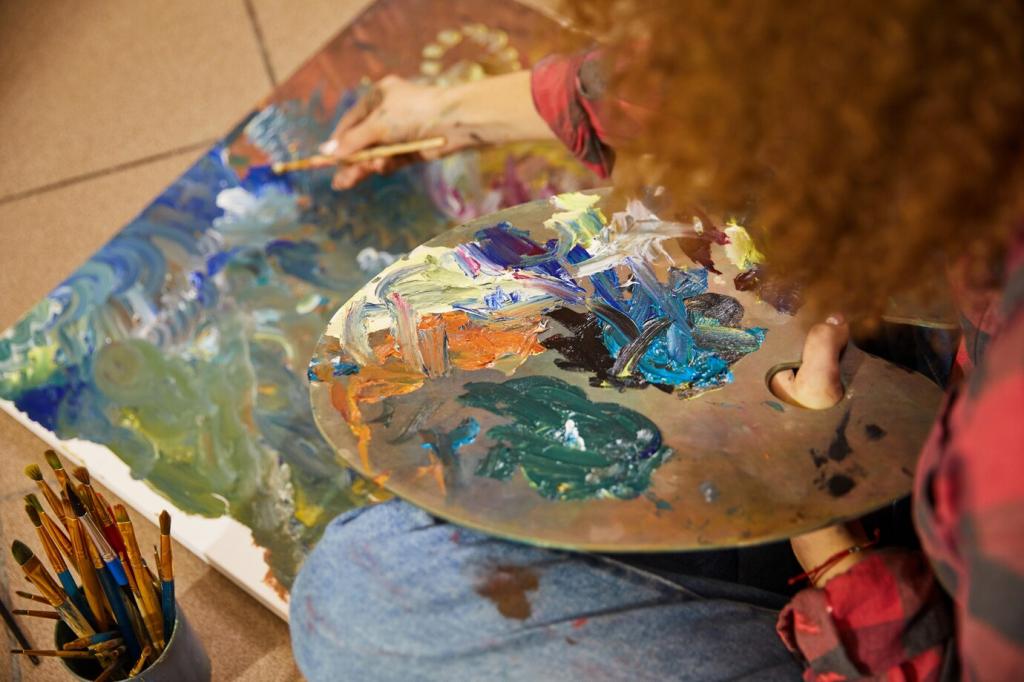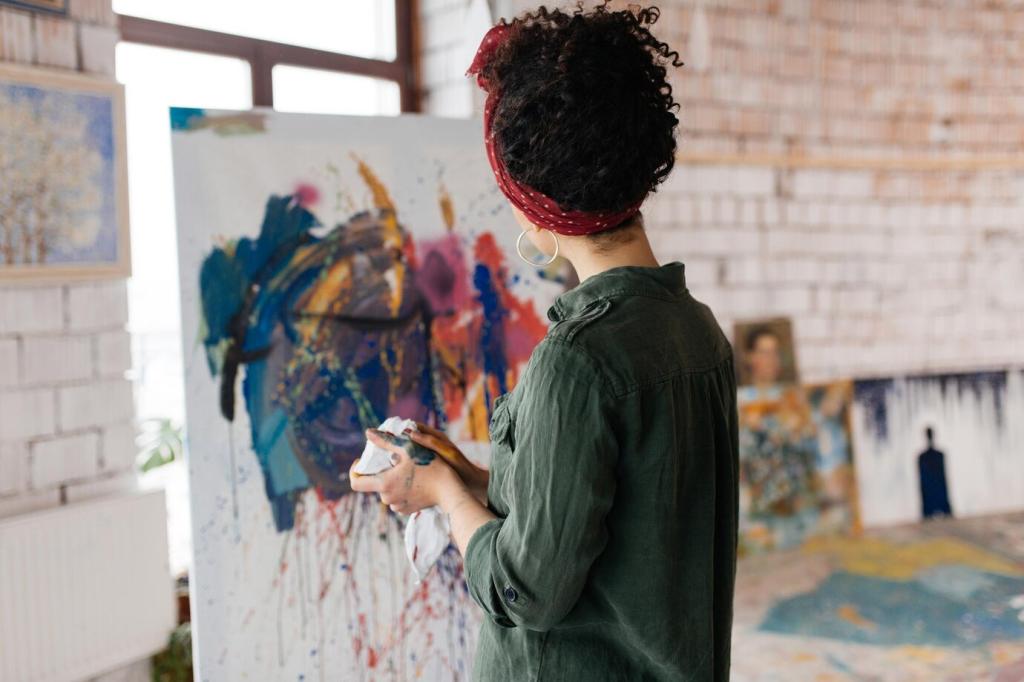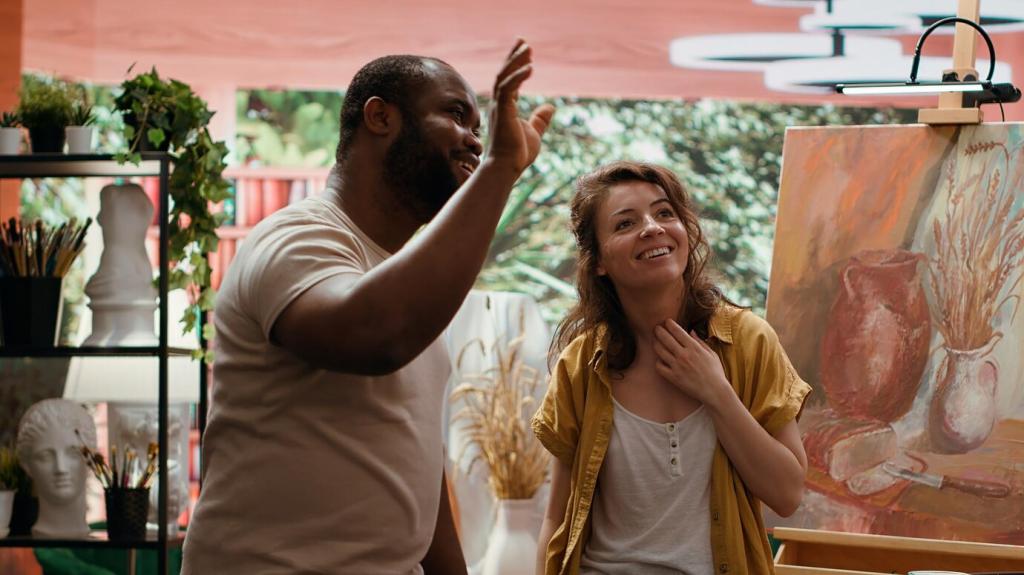Create Your Own Beyond-Reality Experiment
Cover the floor with drop cloths, ventilate the room, and choose water-based paints if possible. Use wide brushes, sticks, or sponges. Prepare rags, a timer, and music. This foundation frees you to move, explore, and venture beyond reality without worrying about cleanup.
Create Your Own Beyond-Reality Experiment
One: Paint with your non-dominant hand for five minutes. Two: Choose one color and explore its moods through pressure changes. Three: With eyes half-closed, follow your breath in lines. Post results and reflections; we might feature your experiment in our next newsletter.



